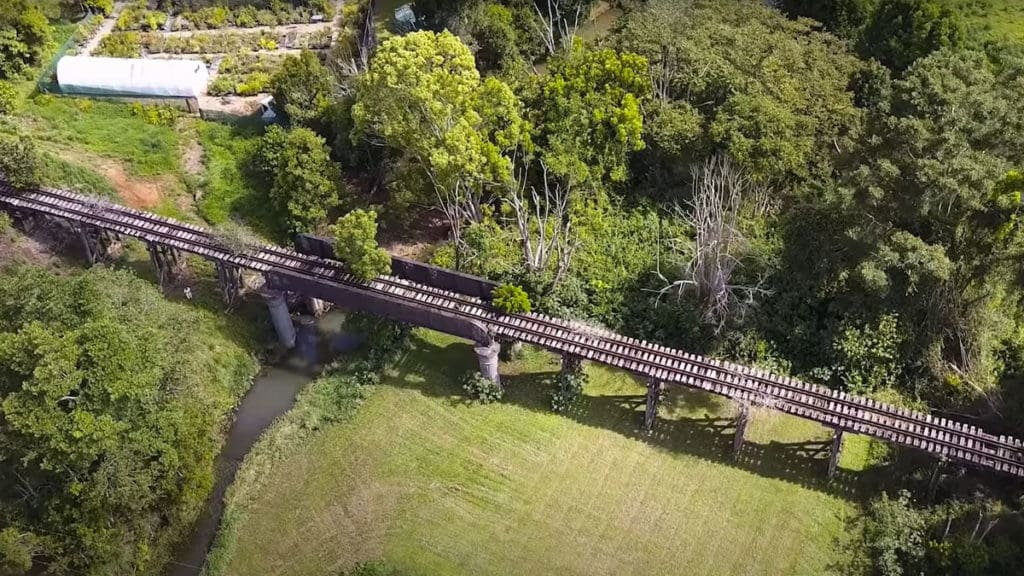Northern Rivers Rail Trail Passes Important Milestone

Murwillumbah / NSW
New South Wales state government funding has allowed preliminary work and a tender process for the Northern Rivers Rail Trail to begin.
Vegetation clearing along the Murwillumbah to Crabbes Creek rail corridor started earlier this month to give construction companies access to the trail site to prepare design and costings for the proposed rail trail.
In late 2020, NSW Treasury signed a deed providing $7.8 million towards the Tweed section of the rail trail. The federal government in 2018 committed $6.5 million to Tweed Shire Council for the trail.
The pool of money is now enough for the council to tender a design and construct contract for the Murwillumbah to Crabbes Creek section this year.
The Northern NSW Branch Line from Murwillumbah to Crabbes Creek was formally closed on 15 October 2020 when legislation passed its second reading in the NSW Upper House.
“With the line now formally closed and all the funds we need to get the rail trail designed and built secured, we can deliver this exciting new tourism infrastructure project for the benefit of the community,” Tweed Shire Council Rail Trail Project Manager Iain Lonsdale said.
“The rail corridor has remained in the ownership of Transport for NSW, which was important to our elected Councillors who wanted to preserve public ownership of the corridor in case it was needed in the future for a public transport option.”
The Murwillumbah to Crabbes Creek section is 24km long. The full 132km Northern Rivers Rail Trail is proposed to connect Murwillumbah, Byron Bay, Bangalow, Lismore and Casino.
You can see a professional produced video with aerial shots of key features of the old rail corridor here.
New South Wales still lags well behind other Australian states in developing rail trails, in part because it requires a new act of parliament to officially close any old rail corridor, no matter how long since its been used. This problem could be solved by passing a one-off, all encompassing Rail Trails Act.
Most of this article was first published by Bicycle Network.
